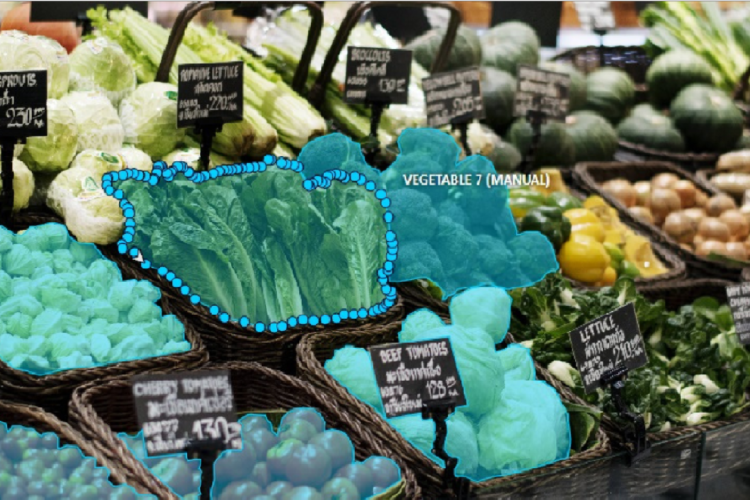Data Labeling Quality: How to Ensure High-Quality Annotations in Your Dataset
Data Labeling Quality: How to Ensure High-Quality Annotations in Your Dataset
In the world of artificial intelligence and machine learning, high-quality data is paramount. The accuracy and reliability of any model largely depend on the quality of labeled data it’s trained on. Data labeling, therefore, is a foundational step for creating effective machine learning models. This blog explores essential strategies for ensuring high-quality annotations, whether working with in-house teams or outsourcing to a specialized provider like Outline Media Solutions , which offers expert data annotation services.
Define Clear Annotation Guidelines
Quality begins with clarity. Creating comprehensive annotation guidelines provides annotators with precise instructions on how to handle different data scenarios. These guidelines should cover:
- Label Definitions: Clearly define each label, including examples of what falls under each category.
- Edge Cases: Outline how to label ambiguous cases to ensure consistency.
- Annotation Tool Instructions: Provide detailed guidance on using the annotation tools, especially if they have specific features or shortcuts.
When guidelines are robust, annotators can work more consistently and accurately, leading to better dataset quality.
Select the Right Labeling Workforce
Not all annotators are equally suited for every project. For tasks that require specialized knowledge, such as medical imaging or product labeling, working with domain experts can significantly enhance quality. Additionally, selecting a vendor like Outline Media Solutions that specializes in data annotation can provide access to skilled annotators familiar with various types of labeling requirements.
Implement a Multi-Step Quality Control Process
Quality control (QC) is essential to ensuring consistency and accuracy in labeling. A robust QC process may include:
- Automated Checks: Use tools to verify basic labeling accuracy, such as detecting any missing labels or annotation overlaps.
- Manual Review: Conduct periodic reviews by experienced quality control personnel to ensure adherence to guidelines.
- Consensus Labeling: Use the consensus label for critical data points after multiple annotators label the same data points.
The multi-step QC approach helps catch mistakes and provides a baseline for continuously improving label accuracy.
Establish Performance Metrics and Feedback Loops
Set clear performance metrics to measure annotation quality, such as accuracy rates, error margins, and annotation speed. Regular feedback loops between annotators and reviewers can also help address issues quickly. For example, setting up regular reviews and feedback sessions ensures annotators stay aligned with quality expectations and continuously improve.
Use a Hybrid Approach of Manual and Automated Labeling
When feasible, use a hybrid model where automated tools handle simpler tasks, while human annotators focus on complex or nuanced annotations. Automation can help speed up the labeling process and reduce human error in simpler tasks, while manual intervention ensures higher accuracy in more complex scenarios. This balanced approach can improve both efficiency and quality.
Pilot Test Before Full-Scale Labeling
Start with a smaller, pilot labeling project to identify potential challenges, refine the guidelines, and make adjustments based on early results. This initial testing phase helps you catch issues early on, ensuring that the full-scale annotation effort is smoother and more accurate.
Partner with an Experienced Data Annotation Provider
Outsourcing your data annotation to a trusted provider like Outline Media Solutions can be a game-changer for data labeling quality. Experienced providers bring specialized expertise, refined processes, and a dedicated workforce to manage your labeling needs with precision. OMS’s approach, for instance, includes rigorous QC, experienced annotators, and a commitment to data privacy and security, making it an ideal partner for high-stakes data labeling projects.
Conclusion
Data labeling is a critical step in the data pipeline, and ensuring quality requires meticulous planning and oversight. By defining clear guidelines, implementing QC processes, and working with experienced providers, you can achieve high-quality annotations that will significantly improve the performance of your AI models. As the demand for accurate data grows, partnering with a reliable data annotation service like Outline Media Solutions ensures your datasets meet the highest standards for accuracy, reliability, and consistency.



